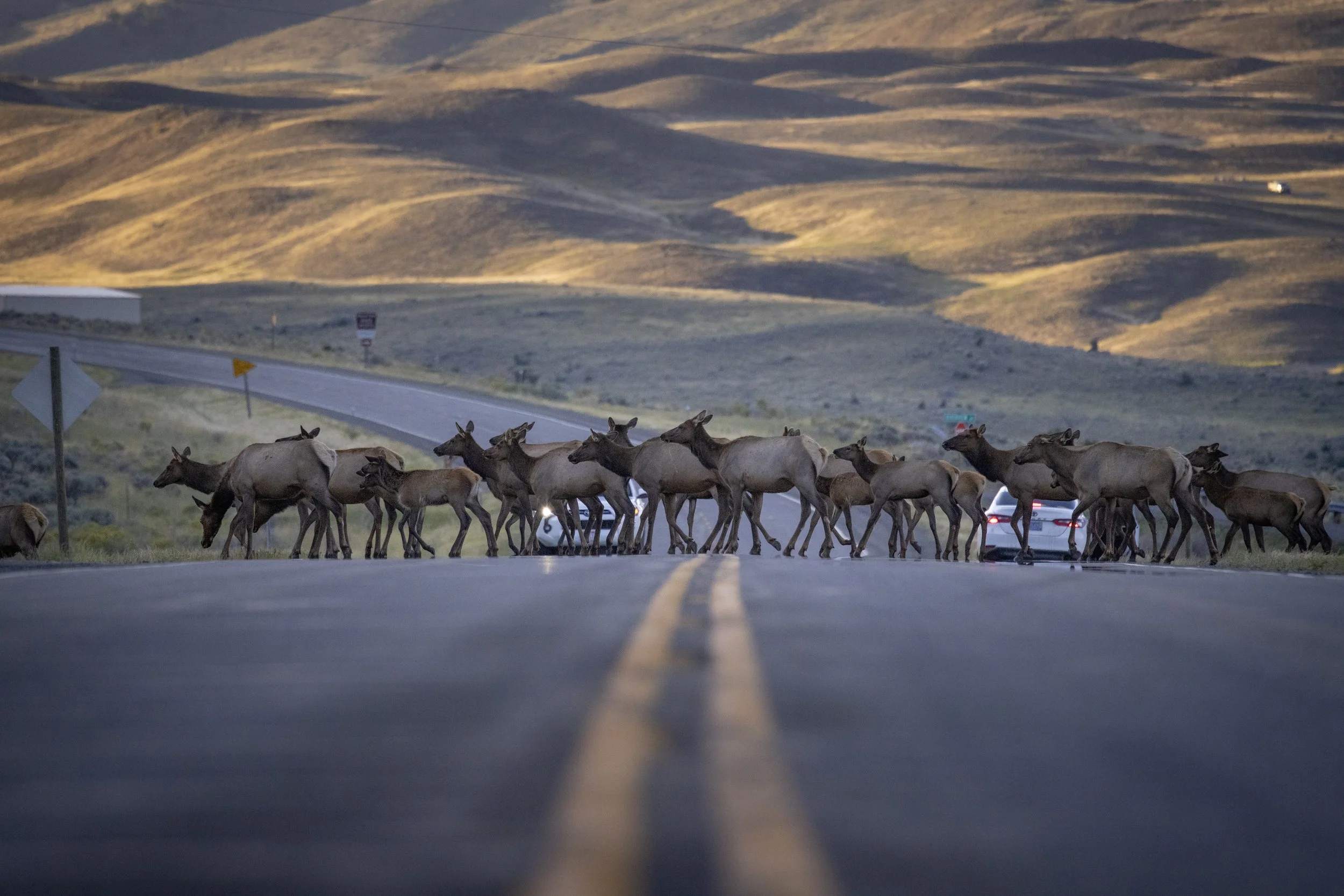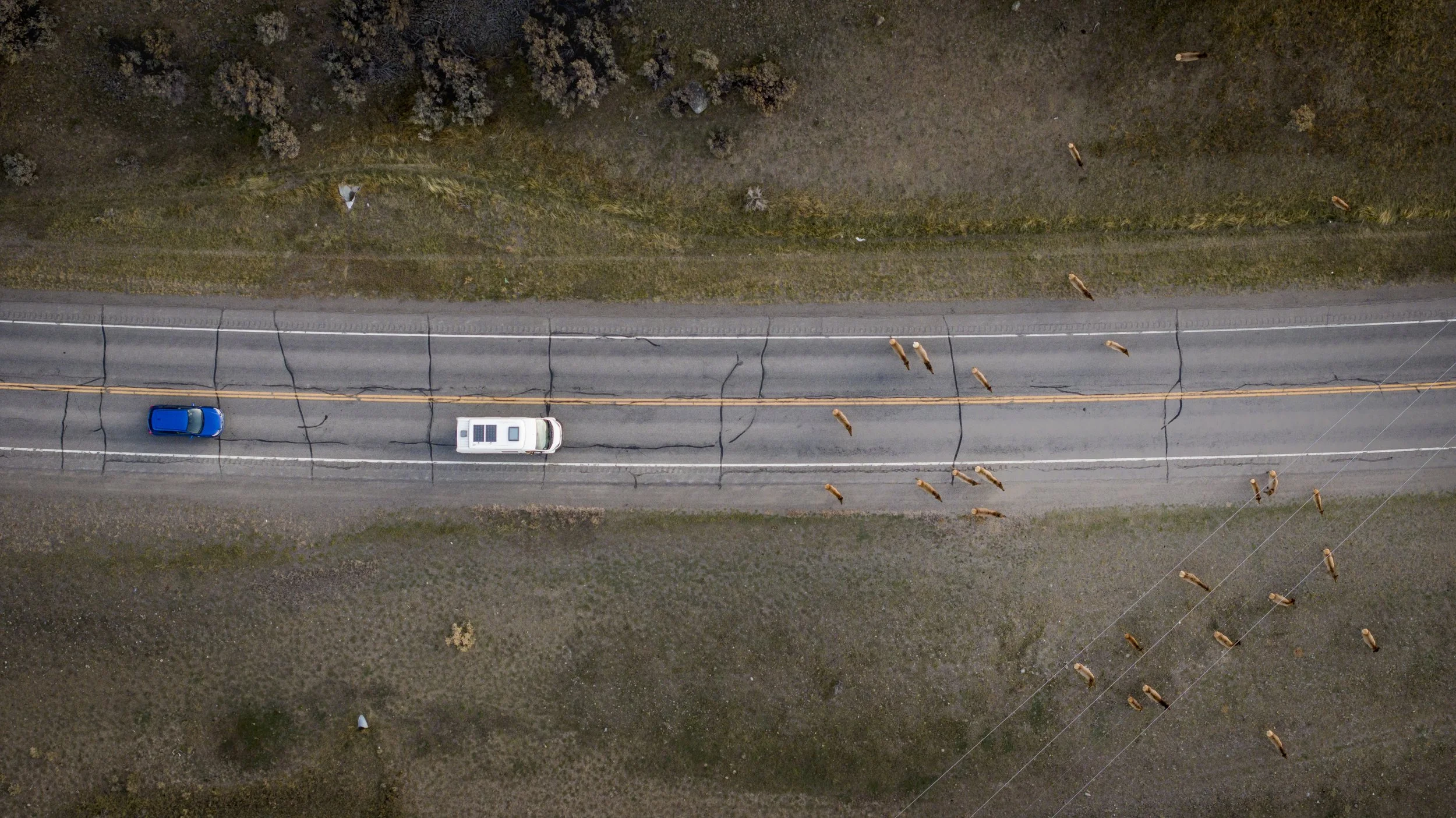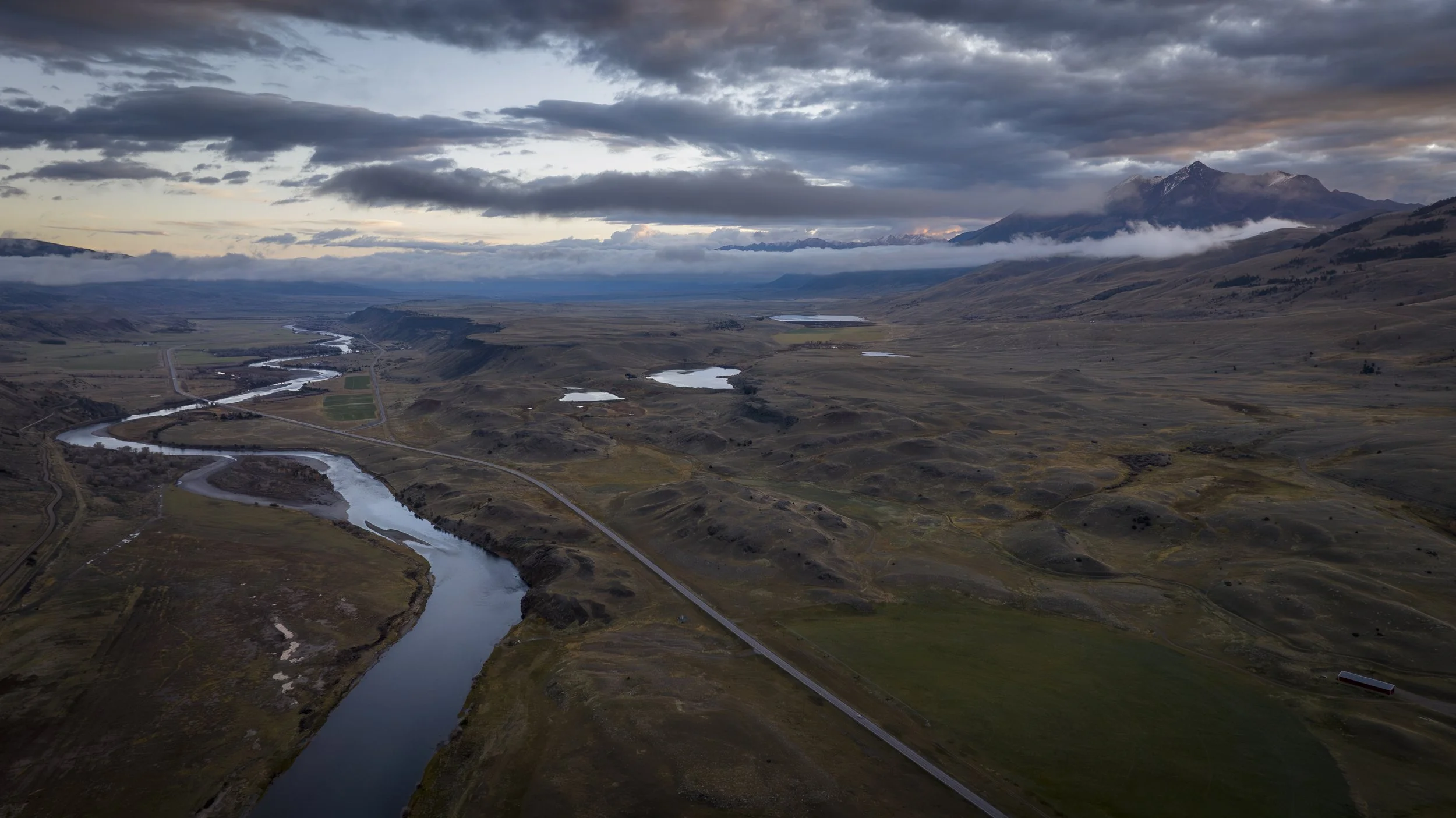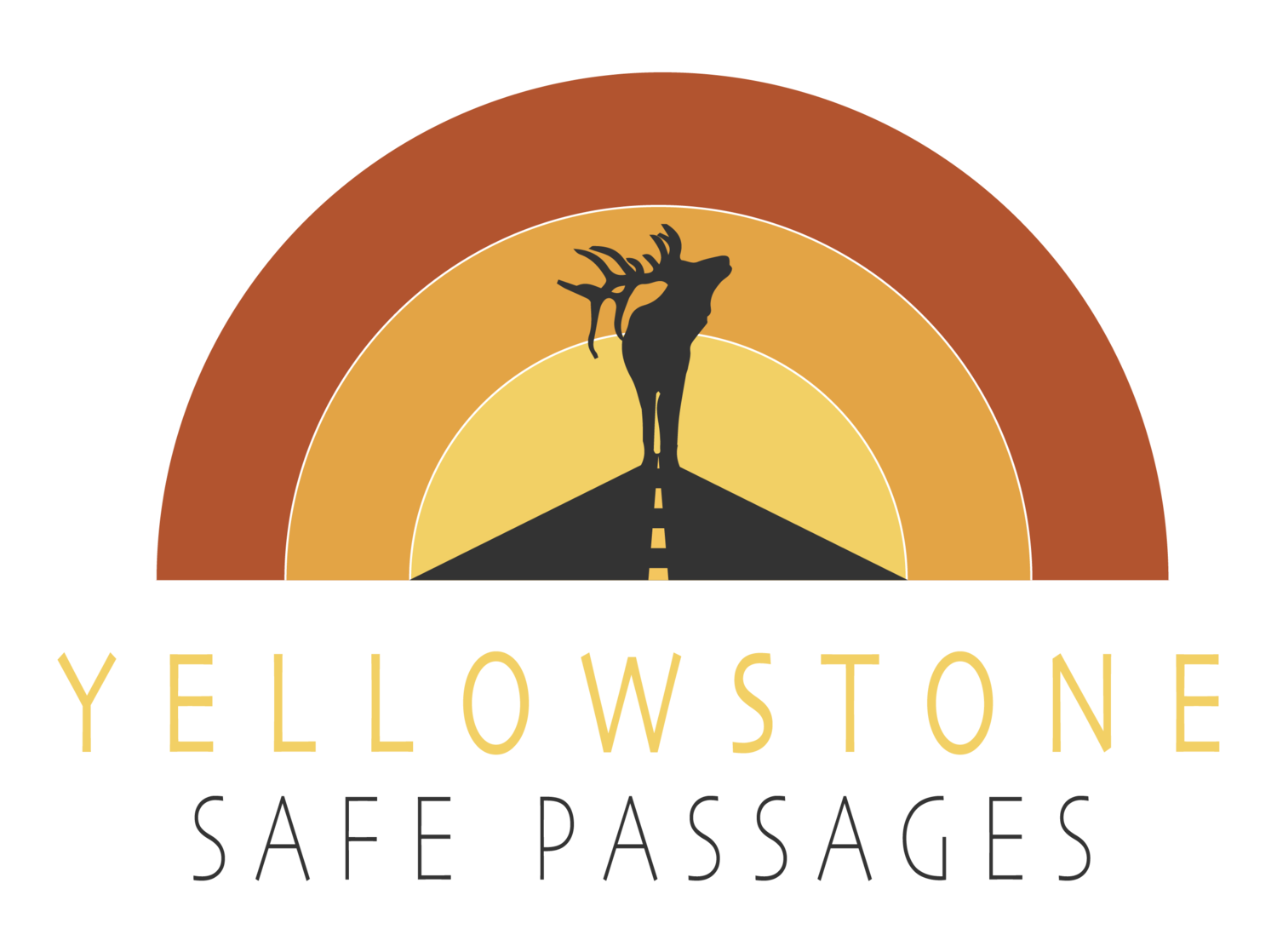
Creating
Safe Passages for
People and Wildlife
Yellowstone Safe Passages supports collaborative solutions that address and resolve wildlife-vehicle conflict on Montana’s US 89
50%
of all reported highway accidents on US 89 between Livingston and Gardiner involve wildlife
compared to 5% nationwide and 10% statewide.

According to studies by the Western Transportation Institute,
when wildlife crossing structures are thoughtfully constructed, they can reduce accidents with wildlife by
up to 97%

We envision the Upper Yellowstone to be a place where visitors and locals can travel the highway without wildlife-related accidents, and where the highway doesn’t act as a barrier to annual and seasonal movement of Yellowstone’s wildlife populations.
The intended results will be increased public awareness, advanced partnerships between local and regional stakeholders, and reduced wildlife-vehicle conflicts.
We all play a role in making US 89 safer

















